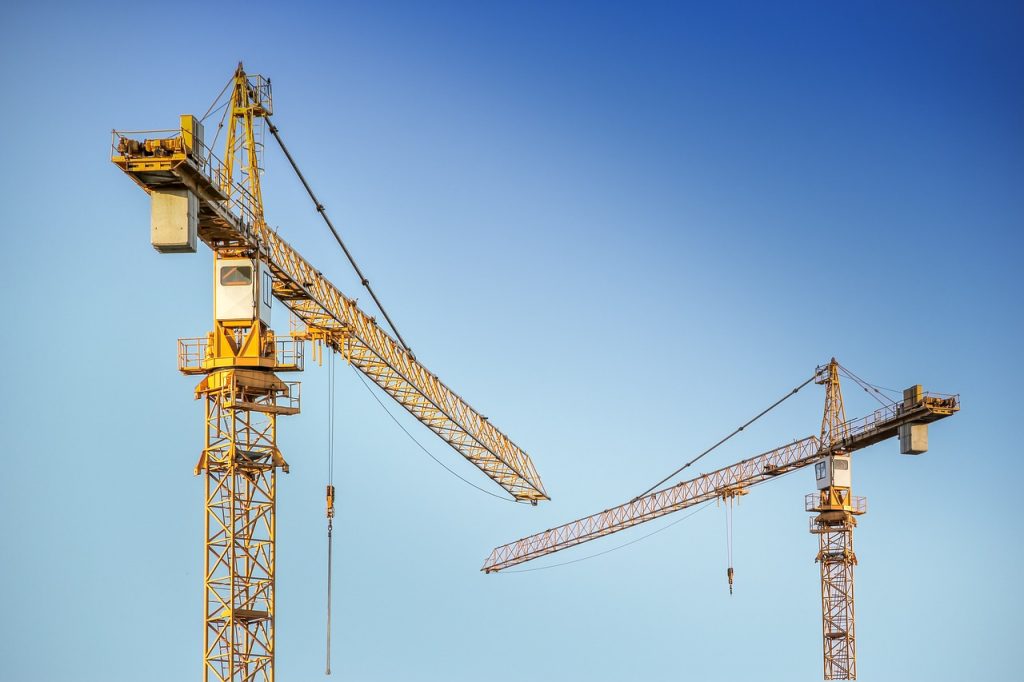Windows
For example, if you’re cleaning windows on the second story of a building with landscaping or signs in the way, a boom lift’s arm can maneuver around those obstructions. A scissor lift, in that case, wouldn’t be able to reach the same area.
If your task is directly above your base and doesn’t require moving side-to-side, a scissor lift is usually sufficient—and often more stable and cost-effective. However, if your project involves reaching up and over obstacles or working at an angle, a boom lift offers the versatility and flexibility you’ll need.


